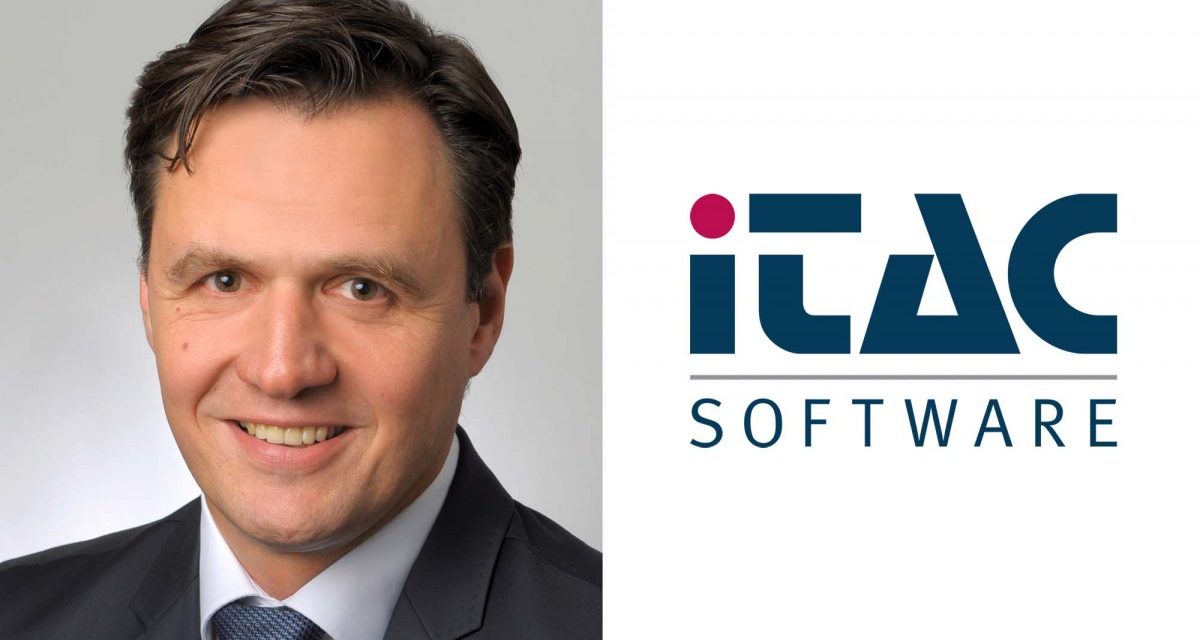The Connectivity Files – A Series of Six Interviews – Peter Bollinger at iTAC Software

The connectivity debate rages on and with the addition of yet more standards it remains a major issue. It strikes at the foundation of the smart factory and is what Industry 4.0 is built upon. Machine to machine, machine to system and machine to operator communication are the starting point of the digital transformation of manufacturing and the key to the numerous benefits on offer.
Over the coming weeks, we’ll be publishing interviews conducted with experts involved in the deployment and development of smart factory solutions to get their view on the key issues surrounding connectivity. The second interview is with Peter Bollinger, who is CEO of iTAC Software.
On the importance of connectivity for Industry 4.0 or IIoT
Peter Bollinger – CEO of iTAC Software: Connectivity is fundamental to implement features and functions of Industry 4.0, IIoT or Smart Factory solutions. The goal is that the connectivity is simple and standardized but in today’s production environment we see all kinds of different machine models with different interfaces and controllers depending on the age. As customers like to improve production quality and overall output of the whole plant we need to be able to connect every machine, and that means legacy system that may have been installed 5 to 15 years ago. At the end, Software Solution Providers and machine manufacturer need to work more closer together to make the connection simpler with standardization as customers looking for reliable features to drive their goals and are not too much concerns about the technical solution to do so.
What are the main issues or challenges associated with connectivity in our industry today?
Peter Bollinger: The main issue with standards is that there are too many and that legacy equipment will make it very challenging to adopt a single standard for any factory. In addition to that companies have customized business application that need to be connected as well. Our task is to build all the connections to upper and lower levels to execute business processes which vary between plants and factories, even when they belong to the same corporation. What’s more, we must deal with the existing environment. Companies will not replace their machine or business applications just so we can implement a new standard connection. Each new standard will be added on top of the other. Over a much longer time period it may be possible to get to a single standard, but this would mean that the standard needs to be accepted by all equipment supplier in an industrial vertical and survive from technical perspective for a very long time.
Explain your strategy to address these issues and challenge
Peter Bollinger: We continue to maintain a connectivity tool box within our solutions to convert the information we get into our own internal standard protocol that feeds all our software modules for seamless and reliable communication. Of cause we will add new standards as they appear in the market. We are currently aware of several new standards in development, and they are not just those hitting the headlines, like Hermes or CFX, there are machine vendors adding new standards or updating existing ones too. Cogiscan is part of our tool box offering and we implement their solution to a standard iTAC API interface. With this approach we can enhance our interface tool box especially for legacy equipment.
What is your perspective relative to new industry standards such as Hermes, CFX and others you are aware of?
Peter Bollinger: It will take years for a standard like CFX to be adopted widely. As I have said, we need to be able to connect regardless of standards or protocols and while these new standards might seem to tick a lot of boxes, they are just that new. There are numerous industry standards that are established over decades, and with high levels of adoption in specific markets. Standards are also aging based on technology demands which means at the end that they need to survive at least the life time of machine in production so we get one standard we could use for all machine in production. My hope is that at least the equipment suppliers could agree on the standards that are used for a couple of years so there is no need to have for each of them connected to a different Interface. If this would be the case, it will at least reduce implementation efforts for all.
Previously in this series:










